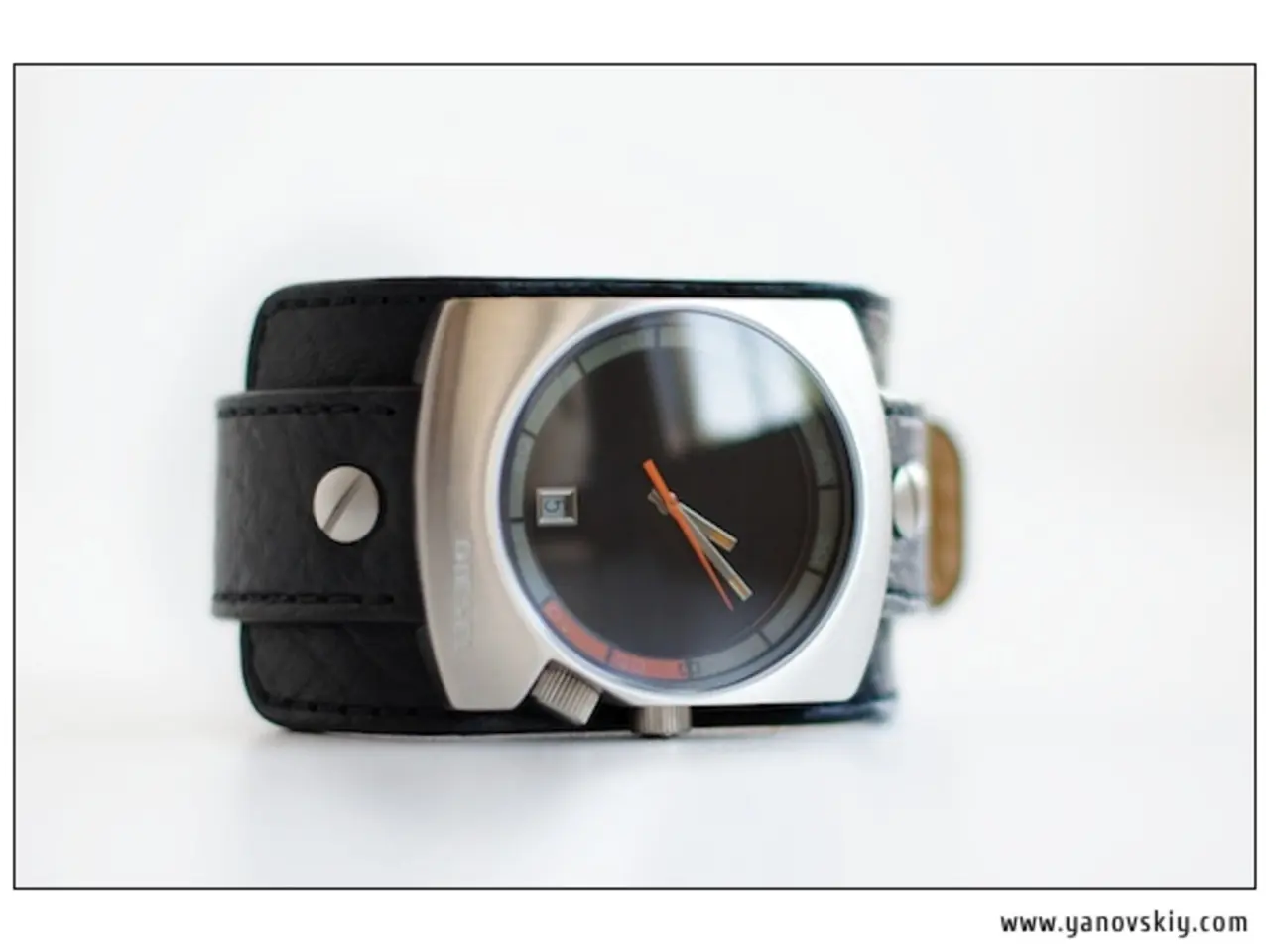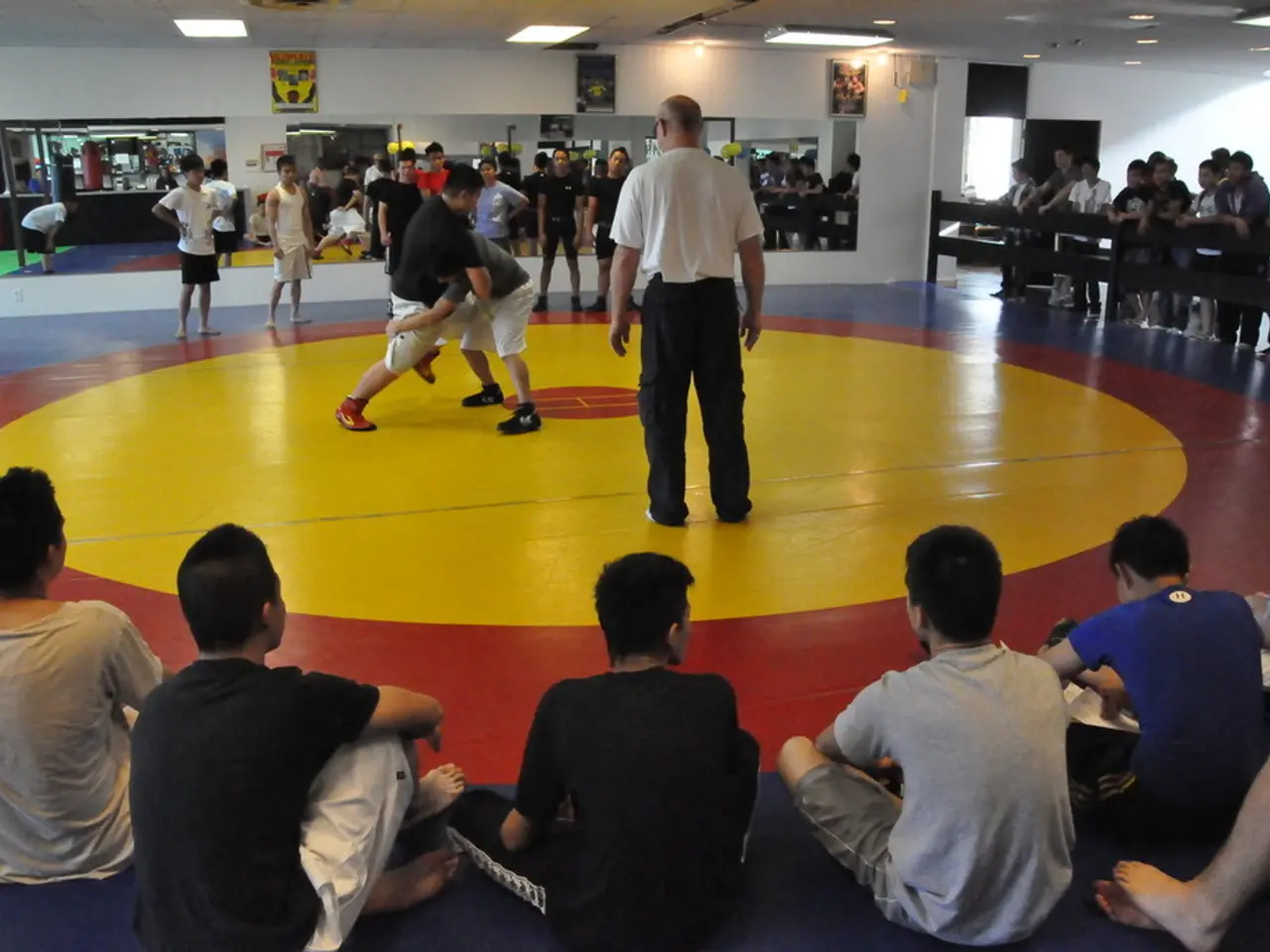When does a dress code violation occur?
Employers Can Adjust Dress Codes in Extreme Weather Conditions to Protect Employee Health
In certain situations, employers may require employees to wear prescribed clothing, even in extreme weather conditions. However, during periods of high heat, employers often have an obligation to adjust clothing regulations to protect employee health.
Under extreme weather, particularly heat, employers must implement practical measures to reduce heat stress while maintaining safety and professional standards. This may include relaxing formal dress codes, such as allowing the removal of jackets or ties, or permitting lighter-colored or breathable fabrics, as long as it does not compromise safety standards.
Circumstances requiring adjustments to clothing policies include:
- When high temperatures reach certain thresholds, employers must take action to reduce heat stress, such as implementing dress code flexibility.
- In hazardous work environments requiring personal protective equipment (PPE), dress code adjustments might be limited, but employer obligations to manage heat risks remain, possibly through additional breaks, hydration, or shifting work times.
- Employers should conduct risk assessments for hot weather to identify vulnerable employees and adapt clothing requirements and working conditions accordingly.
- Legal and regulatory frameworks in some jurisdictions mandate suspending work or altering conditions when specific temperature limits are exceeded, prompting corresponding adjustments in dress code to protect workers from heat exposure.
Thus, while employers maintain the right to enforce dress codes, they must reasonably accommodate extreme weather by modifying clothing rules where possible to safeguard employee health without undermining safety or essential professional standards.
Loosening or adjusting clothing regulations in special weather conditions should be done with the safety and well-being of the employees in mind. Employees should not arbitrarily remove their simple work clothing without the agreement of the supervisor, as stated by Nathalie Oberthür, a specialist lawyer for labor law and chairwoman of the Labor Law Committee of the German Bar Association (DAV).
[1] Source 1 [2] Source 2 [3] Source 3 [4] Source 4
More focus on workplace-wellness initiatives should be encouraged, especially when it comes to health-and-wellness considerations during extreme weather conditions. For instance, employers can adopt a flexible dress code policy, such as allowing the removal of jackets or ties, to promote employee comfort and reduce heat stress, thus enhancing overall health and wellness.
Under specific circumstances, like extreme heat, employers are obliged to review and adapt clothing requirements accordingly, considering both employee health and safety standards, as per legal and regulatory frameworks in certain jurisdictions.




